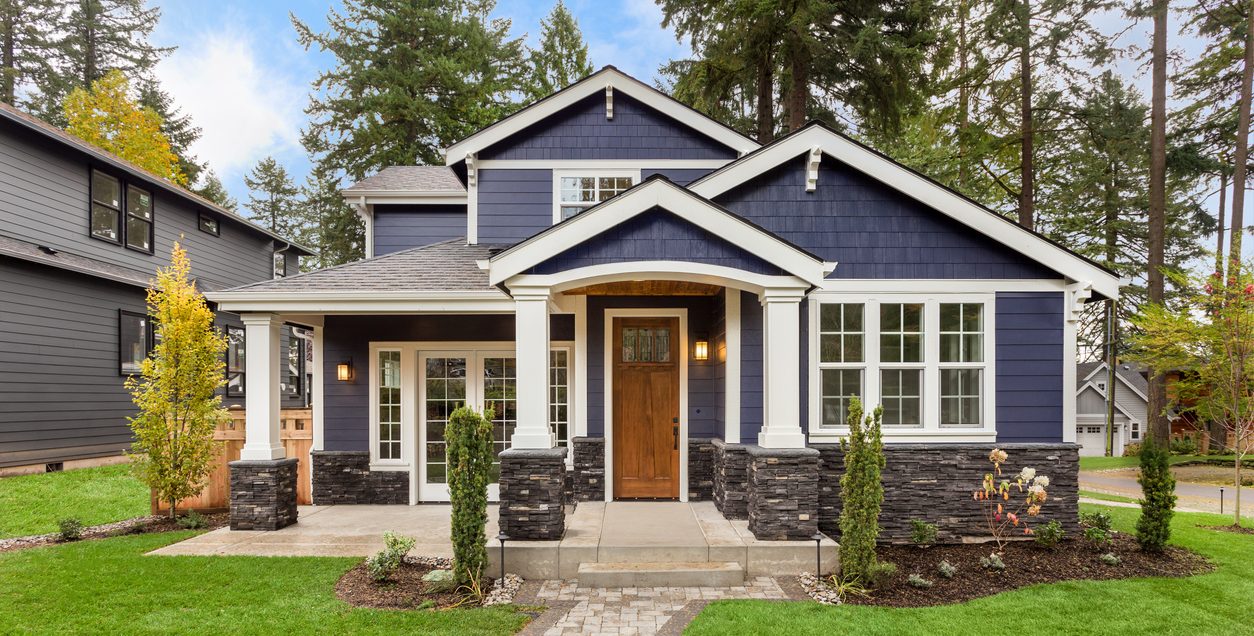

Articles
Exterior Color Cues
Modified: January 5, 2024
Discover articles on exterior color cues and how they can enhance the overall look of your home. Gain insights and inspiration for choosing the perfect color palette for your exterior design.
(Many of the links in this article redirect to a specific reviewed product. Your purchase of these products through affiliate links helps to generate commission for Storables.com, at no extra cost. Learn more)
Introduction
When it comes to creating a visually appealing exterior, color plays a crucial role. The right choice of colors can enhance a building’s architectural features, evoke certain emotions, and make a lasting impression. Whether it’s a home, a commercial building, or even a vehicle, exterior colors can have a significant impact on how we perceive and interact with our surroundings.
Colors have the power to evoke various emotions and convey different messages. They can make a space feel cozy and welcoming or bold and energetic. Understanding the psychology behind colors is essential in making informed decisions when it comes to choosing exterior color schemes.
In this article, we will explore the importance of exterior colors, delve into the psychological impact of different colors, discuss popular exterior color options and trends, and provide tips on how to choose the right exterior color for your home or building. We will also touch upon the use of color cues in automotive design, showcasing the influence of exterior colors in the world of cars.
So, whether you’re looking to refresh the look of your home or create a stunning visual impact with your building or vehicle, join us as we dive into the fascinating world of exterior color cues.
Key Takeaways:
- Exterior colors have the power to evoke emotions, highlight architectural features, and reflect personal style or brand identity. Understanding the psychological impact of colors is crucial in making informed choices for homes, buildings, and vehicles.
- Cultural influences, current trends, and functional considerations all play a role in the selection of exterior colors. Whether it’s creating a serene home environment or reflecting brand identity in automotive design, the right choice of colors can make a significant impact.
Read more: Exterior Colors And Home Style
Importance of Exterior Color
Exterior color plays a pivotal role in the overall aesthetics and curb appeal of a building or vehicle. It is one of the first things that people notice and it can leave a lasting impression. The right choice of exterior color can enhance the architectural features of a building, create a harmonious visual impact, and even increase its value.
One of the primary reasons why exterior color is important is its ability to convey a certain style or personality. Whether it’s a vibrant and bold color or a more muted and sophisticated tone, the exterior color sets the tone for the entire design. A bright yellow house may be interpreted as cheerful and welcoming, while a sleek black building may exude elegance and modernity.
Additionally, exterior color has the ability to evoke specific emotions and create certain moods. Warm colors such as red, orange, and yellow can create a sense of energy and excitement, while cool colors like blue and green can instill a feeling of calmness and relaxation. Understanding the psychology behind colors is crucial in choosing the right exterior color to evoke the desired emotions and atmosphere.
Furthermore, exterior color can be used to highlight or downplay certain architectural features. For example, using a contrasting color for window trims can draw attention to the windows and give them a prominent presence. Similarly, using a darker color for a recessed area can create depth and add visual interest to the overall design.
Not only does exterior color impact the overall appearance, but it can also have practical implications. For example, light colors tend to reflect sunlight, helping to keep the building or vehicle cooler in hot climates. On the other hand, dark colors absorb more heat, making them more suitable for colder regions.
Overall, the importance of exterior color cannot be overstated. It has the ability to transform a building or vehicle from ordinary to extraordinary, creating a visual impact that leaves a lasting impression on anyone who encounters it. Whether you’re looking to make a statement, create a sense of harmony, or evoke a specific emotion, the right choice of exterior color can make all the difference.
Psychological Impact of Colors
Colors have a profound psychological impact on our emotions, perceptions, and behaviors. They can evoke specific feelings and create different moods, influencing our overall experience and interpretation of a space. Understanding the psychological impact of colors is essential in harnessing their power to create the desired atmosphere and ambiance in our surroundings.
Let’s explore some common colors and the emotions they tend to evoke:
- Red: Red is a highly stimulating color that often evokes strong emotions. It is associated with passion, energy, and excitement. Red can create a sense of urgency and grab attention, making it a popular choice for warning signs or accentuating key features.
- Orange: Orange is a vibrant and energetic color that combines the warmth of red with the cheerfulness of yellow. It can evoke feelings of enthusiasm, creativity, and sociability. Orange is often used to create a welcoming and lively atmosphere.
- Yellow: Yellow is a cheerful and uplifting color that represents happiness, optimism, and sunlight. It can create a sense of warmth and brightness. Yellow is commonly used to bring attention and highlight specific areas or elements.
- Green: Green is a color associated with nature, freshness, and tranquility. It can evoke feelings of relaxation, harmony, and growth. Green is often used in spaces where a sense of calmness and rejuvenation is desired.
- Blue: Blue is a calming and serene color that represents tranquility, stability, and trust. It can create a sense of peace and clarity. Blue is a popular choice for creating a soothing and serene environment.
- Purple: Purple is a color often associated with luxury, creativity, and spirituality. It can evoke a sense of mystery and intrigue. Purple is commonly used to create a sense of opulence and elegance.
- Neutral Colors: Neutral colors like black, white, gray, and beige are often used as a backdrop or base for other colors. They can create a sense of balance, simplicity, and timelessness. Neutral colors are versatile and can be combined with various other colors to create different effects.
It’s important to note that individual experiences and cultural backgrounds can also influence the psychological impact of colors. For example, red is often associated with love and luck in some cultures, while in others it may be linked to danger or warning.
By understanding the psychological impact of colors, you can effectively utilize them to create the desired atmosphere and mood in your exterior design. Whether you want to create a lively and energetic space or a calm and serene environment, the right choice of colors can make a significant difference in how people perceive and interact with your surroundings.
Popular Exterior Color Options
When it comes to choosing exterior colors, there are a plethora of options available to suit different tastes and design preferences. Let’s explore some popular exterior color options that can enhance the overall aesthetics of your home or building:
- Neutral Tones: Neutral colors like white, beige, gray, and taupe are timeless options that can create a clean and sophisticated look. They provide a versatile backdrop that can complement different architectural styles and blend well with various accent colors.
- Earthy Hues: Earthy colors like brown, tan, and sage green can bring a natural and calming vibe to your exterior. These colors are often associated with warmth, earthiness, and a connection to nature.
- Bold and Vibrant Shades: For those who want to make a bold statement, vibrant colors like red, blue, and yellow can add a strong visual impact. These colors can create a sense of energy and uniqueness, making your home or building stand out.
- Classic Whites: White has always been a timeless and elegant choice for exteriors. It can create a fresh and crisp look that exudes purity and sophistication. From traditional homes to modern designs, white exteriors can be versatile and visually stunning.
- Coastal Blues: If you want to evoke a coastal and beachy ambiance, shades of blue can be an excellent choice. Light blues reminiscent of the sky or ocean can create a serene and relaxing atmosphere.
- Elegant Grays: Gray is a popular color choice for contemporary and modern exteriors. It can lend a sleek and sophisticated look while allowing other design elements, such as architectural details or landscaping, to take center stage.
- Nature-Inspired Greens: Green hues, inspired by nature, can create a harmonious and refreshing exterior. From vibrant greens to muted shades like olive or moss, these colors can bring a sense of tranquility and a connection to the outdoors.
Remember, when choosing exterior colors, it’s important to consider the overall style and architecture of your home or building, as well as any local restrictions or guidelines. Additionally, take into account the natural surroundings, climate, and lighting conditions to ensure the colors harmonize with the environment.
Exploring different color combinations and seeking inspiration from architectural magazines, online resources, or even nearby neighborhoods can help you find the perfect exterior color options that reflect your personal style and create a visually stunning impact.
Cultural Influences on Exterior Colors
The choice of exterior colors can also be influenced by cultural factors and regional traditions. Different cultures have their own unique associations and symbolism attached to certain colors, which can impact the preferred color palettes for homes and buildings.
In some cultures, certain colors may have deep cultural significance or be tied to religious beliefs. For example, in many Asian cultures, the color red symbolizes luck, prosperity, and happiness. Therefore, it is often seen as an auspicious color and is commonly used in exterior designs, especially during festive occasions.
In Mediterranean countries, vibrant blues and whites are often used in exterior designs to reflect the bright skies and evokes a sense of calmness and relaxation. These colors are associated with the coastal lifestyle and are commonly found in traditional Mediterranean architecture.
In some African countries, bright and bold colors can be seen in exterior designs, reflecting the vibrancy and rich cultural heritage of the region. These colors often tell a story and convey a sense of community and celebration.
Cultural influences can also be seen in the use of materials and patterns in exterior designs. For example, in traditional Scandinavian architecture, red wooden houses with white trim are iconic and have become synonymous with the region’s design aesthetic. These color choices were practical, as the red paint helped preserve the wood and reflect the light during the dark winter months.
When considering cultural influences on exterior colors, it’s important to be mindful of the context and respect the traditions and beliefs of different cultures. This can be especially significant when designing buildings in multicultural communities or international locations.
By incorporating cultural influences into exterior color choices, you can create a design that not only respects and celebrates different cultural backgrounds but also adds a unique and meaningful touch to the overall aesthetics of your home or building.
Read more: What Color To Paint Exterior Chimney
Exterior Color Trends
Just like any other design element, exterior color trends evolve over time. New trends emerge, influenced by fashion, architecture, technology, and cultural shifts. Staying updated with current exterior color trends can help you create a contemporary and stylish look for your home or building. Let’s explore some of the latest exterior color trends:
- Neutral Color Palettes: Neutrals are timeless and versatile, making them a popular choice for exteriors. In recent years, there has been a rise in the use of warm neutral tones like light taupe and greige (gray-beige). These colors create a modern and sophisticated look while still maintaining a sense of warmth and comfort.
- Bold Accents: Adding a pop of bold color as an accent can create a striking visual impact. This trend involves keeping the main color palette neutral and introducing vibrant colors like deep blues, fiery reds, or earthy oranges as accents on doors, window trims, or architectural features. This approach allows for a balance between a contemporary look and adding a touch of personality.
- Monochromatic Schemes: Monochromatic color schemes involve using various shades and tones of a single color. It creates a cohesive and harmonious look while adding depth and interest. This trend is often seen with shades of gray, blue, or beige, producing an elegant and sophisticated exterior.
- Dark and Moody: Dark hues like charcoal gray, navy blue, and deep greens are gaining popularity in contemporary architecture. These bold choices create a sense of drama and elegance, especially when paired with contrasting lighter elements or natural wood accents.
- Eco-Friendly Colors: With increasing awareness of environmental issues, there is a growing trend towards using eco-friendly and sustainable materials. This extends to exterior colors as well. Earthy tones like moss green, dusty browns, and natural earth pigments are being embraced as part of a sustainable design approach.
- Black and White Contrasts: The timeless combination of black and white is making a comeback in exterior color schemes. The strong contrast between these two colors creates a bold and modern look. Whether it’s a white house with black accents or a black exterior with white trim, this trend adds a contemporary touch to classic designs.
- Pastel Palettes: Soft and delicate pastel shades like blush pink, light mint green, and soft lavender are being used to create a whimsical and dreamy aesthetic. These colors can add a touch of femininity and charm to any exterior design.
Remember, while it’s interesting to stay informed about current exterior color trends, it’s essential to choose a color scheme that reflects your personal taste and complements the architectural style of your home or building. It’s also important to consider the longevity and timeless appeal of the colors you choose, as trends come and go.
Ultimately, creating a color scheme that you love and that enhances the overall aesthetics of your exterior will ensure a visually pleasing and harmonious outcome.
Choosing the Right Exterior Color for Your Home
Choosing the right exterior color for your home is an important decision that can significantly impact the overall aesthetics and curb appeal. By considering a few factors and following some guidelines, you can select a color scheme that suits your style, complements the architectural features, and creates a welcoming and visually appealing exterior. Here are some tips to help you make the right choice:
- Acknowledge the Architecture: Consider the architectural style of your home and its unique features. Some architectural styles have traditional color palettes associated with them, while others offer more flexibility. Choose colors that enhance the style and bring out the best in your home’s design.
- Consider the Surroundings: Take a look at the natural surroundings of your home, including vegetation, landscapes, and neighboring buildings. Choose colors that harmonize with the environment, creating a cohesive and blended look. Natural tones and earthy hues often work well in such settings.
- Take Inspiration: Seek inspiration from various sources, such as architectural magazines, online platforms, or even nearby neighborhoods. Look for homes with similar architectural styles and note which color combinations catch your eye and resonate with your personal taste.
- Consider Climate and Lighting: Keep in mind the climate and lighting conditions of your area. Lighter colors tend to reflect sunlight and can help keep your home cooler in hot climates, while darker colors can absorb heat. Take into account the amount of natural light your home receives throughout the day and how colors may appear in different lighting conditions.
- Test Samples: Once you have a few color options in mind, consider testing them on a small area of your home’s exterior. This will give you a better understanding of how the colors appear in the actual lighting and surroundings of your home. Observing the samples at different times of the day will help you make a more informed decision.
- Consider Maintenance: Different colors may require different levels of maintenance and upkeep. Lighter colors may show dirt or stains more easily, while darker colors may require more frequent repainting to maintain their vibrancy. Factor in the long-term maintenance requirements and choose colors that fit your lifestyle and maintenance preferences.
- Seek Professional Advice: If you’re uncertain or overwhelmed by the color selection process, consider consulting with a professional designer or color consultant. They can provide expert advice, suggest suitable color options, and help you achieve the desired look for your home.
Remember, choosing the right exterior color is a personal decision, and ultimately, you should choose colors that you love and that make you feel happy and comfortable in your own space. Consider the tips and guidelines as a starting point, but trust your instincts and select colors that reflect your style and create a visually pleasing exterior that you’ll enjoy for years to come.
Exterior Color Cues in Automotive Design
Exterior colors play a significant role in automotive design, influencing our perception of vehicles and reflecting the brand’s identity. Car manufacturers carefully consider color choices to evoke specific emotions, create visual impact, and enhance the overall design of their vehicles. Let’s explore some of the ways exterior color cues are utilized in automotive design:
Brand Identity:
Exterior colors often align with a car manufacturer’s brand identity and values. For example, luxury brands may opt for sophisticated and elegant colors like metallic silver, deep blues, or sleek blacks to create a sense of opulence and exclusivity. On the other hand, sporty brands may choose vibrant and bold colors like racing red or electric blue to convey a sense of energy and performance.
Read more: Tips For Choosing Exterior Paint Colors
Trends and Personalization:
Automakers closely monitor color trends and consumer preferences to offer a wide range of options that cater to individual tastes. From classic and timeless colors to bold and trendy ones, car buyers can personalize their vehicles with the exterior colors that best reflect their personality and style.
Enhancing Design Elements:
Exterior colors can accentuate the design elements and contours of a vehicle. Lighter colors, such as whites or silvers, can highlight a vehicle’s sleek lines and curves, while darker colors can add depth and create a more dramatic appearance. Using contrasting colors for accents, like rooflines or side mirrors, can further enhance the aesthetics and draw attention to specific areas of the vehicle.
Differentiating Models:
Automakers often use different exterior color options to differentiate various models within their lineup. This helps create variety and uniqueness among the vehicles. For instance, a brand may reserve certain unique colors for their high-performance models to distinguish them from the standard versions.
Functional Considerations:
Exterior colors also have functional considerations in automotive design. Lighter colors, such as white or silver, are known for their ability to reflect sunlight and heat, keeping the vehicle cooler in hot climates. On the other hand, darker colors can absorb more heat and may be more suitable for colder regions.
Resale Value:
The choice of exterior color can also impact the resale value of a vehicle. Some colors, such as popular neutrals like white, silver, or black, tend to have broader appeal and may retain their value better in the used car market. Unconventional or niche colors, while unique, may have a narrower audience and potentially impact the vehicle’s resale value.
Ultimately, exterior colors in automotive design serve multiple purposes, from brand representation to personalization and design enhancement. Whether it’s conveying a sense of luxury, accentuating the lines of a vehicle, or catering to individual preferences, exterior color cues play a vital role in the overall appeal and identity of cars on the road.
When choosing an exterior color for your home, consider the surrounding environment and architectural style. Neutral tones work well in natural settings, while bold colors can make a statement in urban areas.
Conclusion
Choosing the right exterior color is a crucial decision that can have a significant impact on the overall aesthetics, mood, and perception of a home, building, or vehicle. Exterior colors can evoke emotions, create visual impact, highlight architectural features, and reflect personal style or brand identity.
Understanding the psychological impact of colors is key in making informed choices. Different colors have the power to evoke specific emotions and create different moods. Warm colors like red and orange can energize and excite, while cool colors like blue and green can create a sense of calmness and serenity. Neutral colors provide versatility and allow for pairing with various accent colors.
When choosing exterior colors, it’s important to consider the architecture, natural surroundings, climate, and lighting conditions. The colors should complement the architectural style, harmonize with the environment, and withstand the effects of sunlight and temperature changes.
Exterior color trends constantly evolve, often influenced by fashion, culture, and technology. Neutrals, bold accents, monochromatic schemes, dark and moody hues, eco-friendly colors, and black and white contrasts are among the popular trends in recent years. However, it’s essential to choose colors that align with personal style and have a timeless appeal, as trends may change over time.
Cultural influences can also play a role in color choices, with different cultures associating certain colors with specific meanings or traditions. It’s important to be mindful of cultural sensitivities and respect the beliefs and traditions of different communities when considering exterior colors.
Additionally, exterior color cues extend beyond homes and buildings. In automotive design, exterior colors are carefully chosen to reflect brand identities, evoke emotions, enhance design elements, differentiate models, and even have functional considerations. Car buyers can personalize their vehicles with colors that best represent their style and preferences.
In conclusion, whether it’s a home, building, or vehicle, exterior colors have a significant impact on how we perceive and interact with our surroundings. By understanding the importance of exterior color, considering psychological impacts, staying informed about trends, and incorporating personal or brand identity, we can create visually appealing exteriors that convey the desired atmosphere and make a lasting impression.
Frequently Asked Questions about Exterior Color Cues
Was this page helpful?
At Storables.com, we guarantee accurate and reliable information. Our content, validated by Expert Board Contributors, is crafted following stringent Editorial Policies. We're committed to providing you with well-researched, expert-backed insights for all your informational needs.

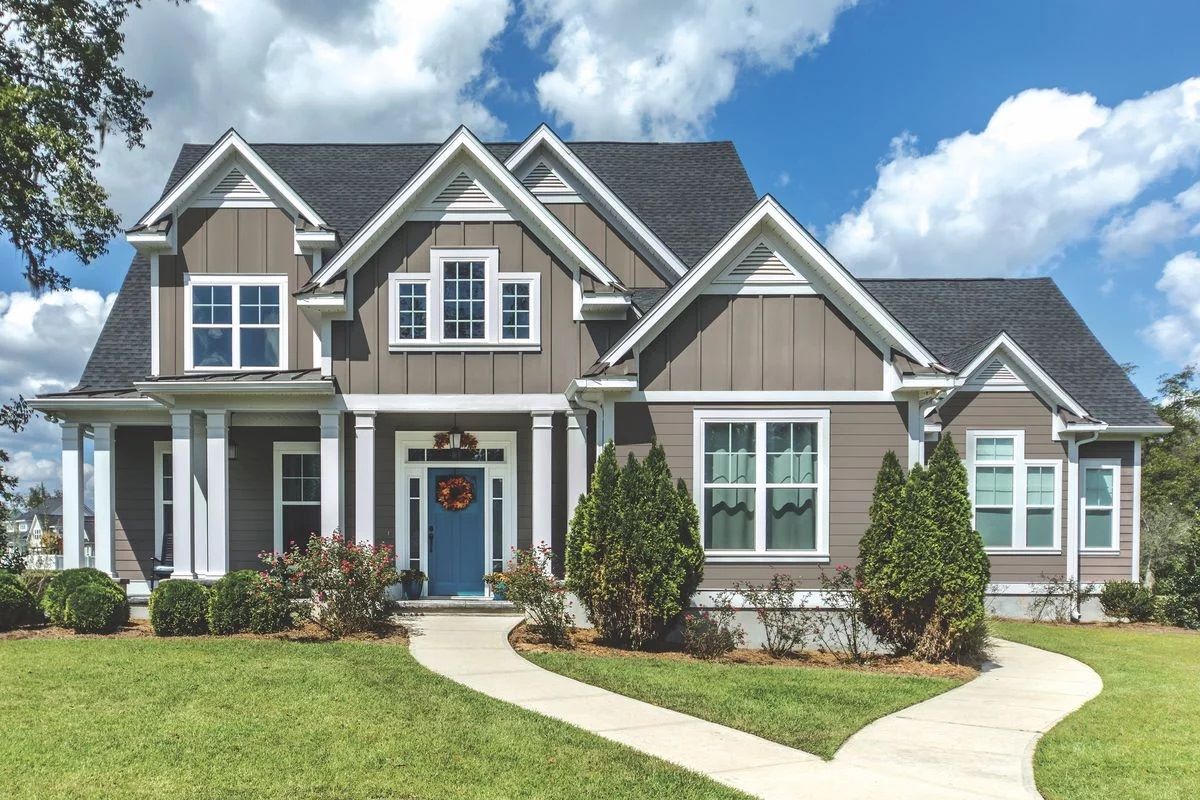
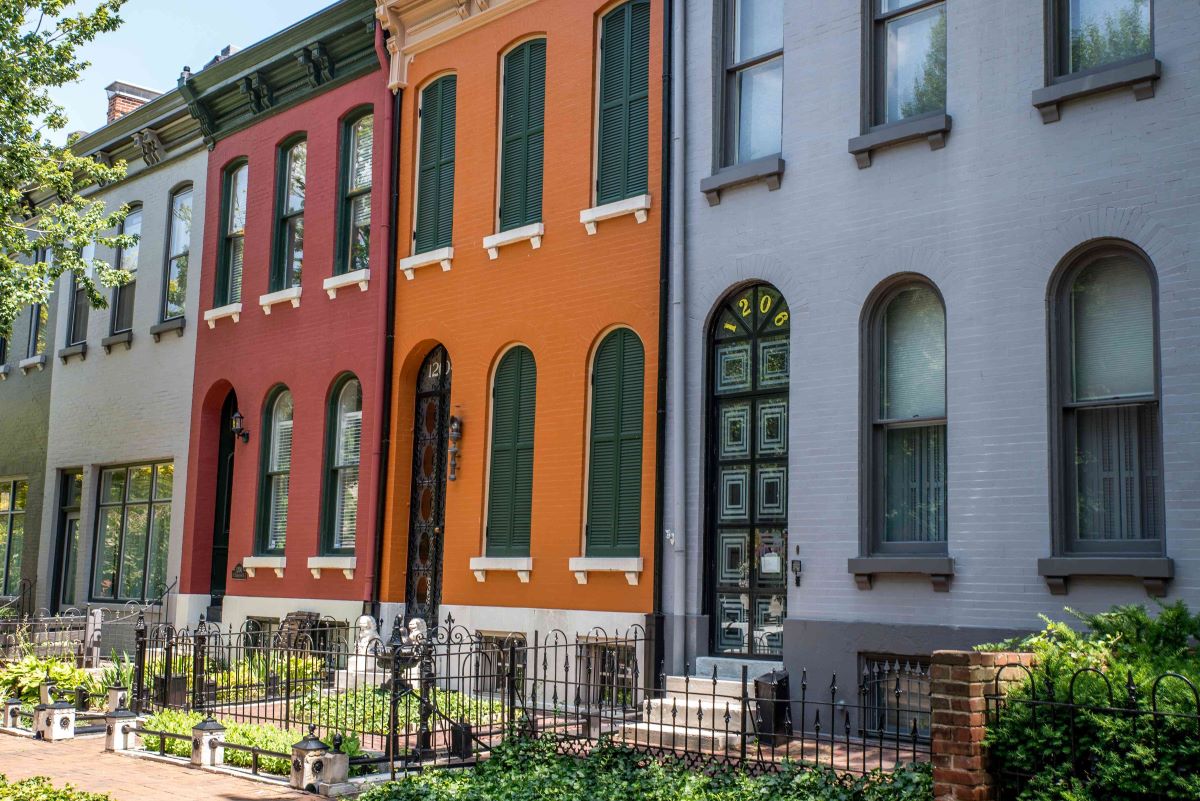
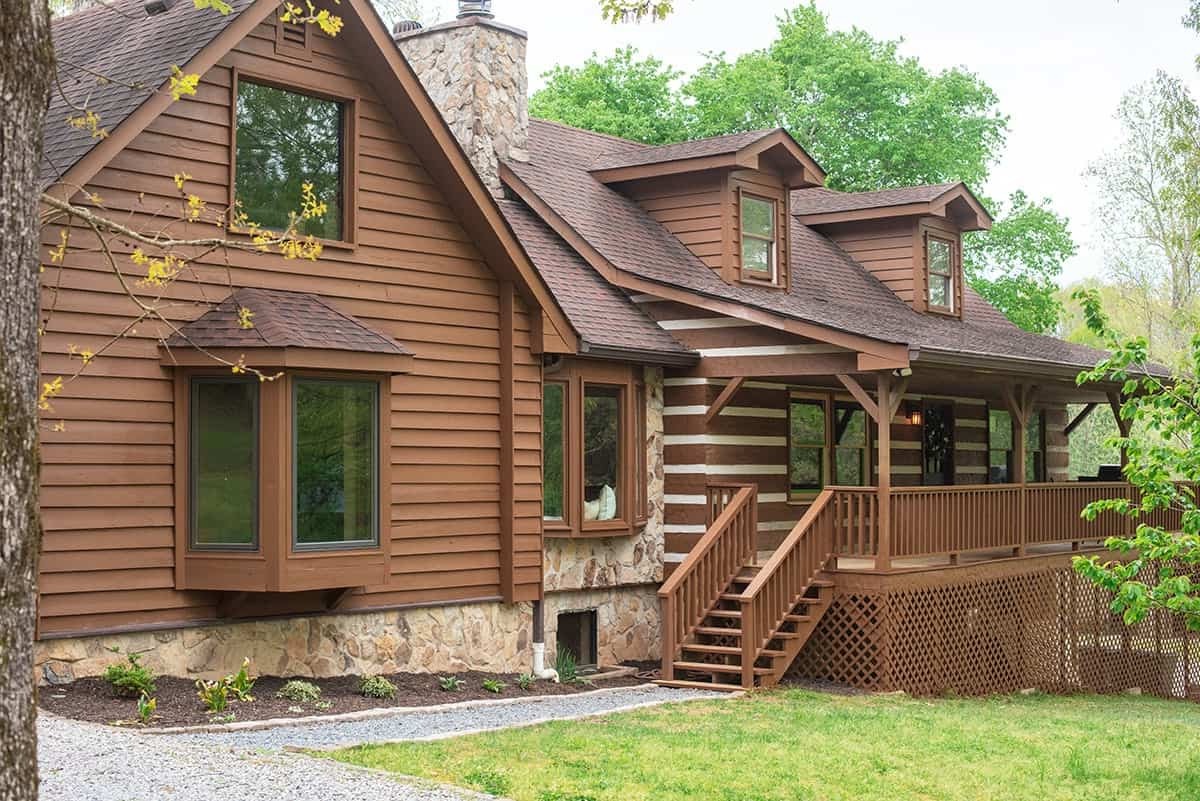
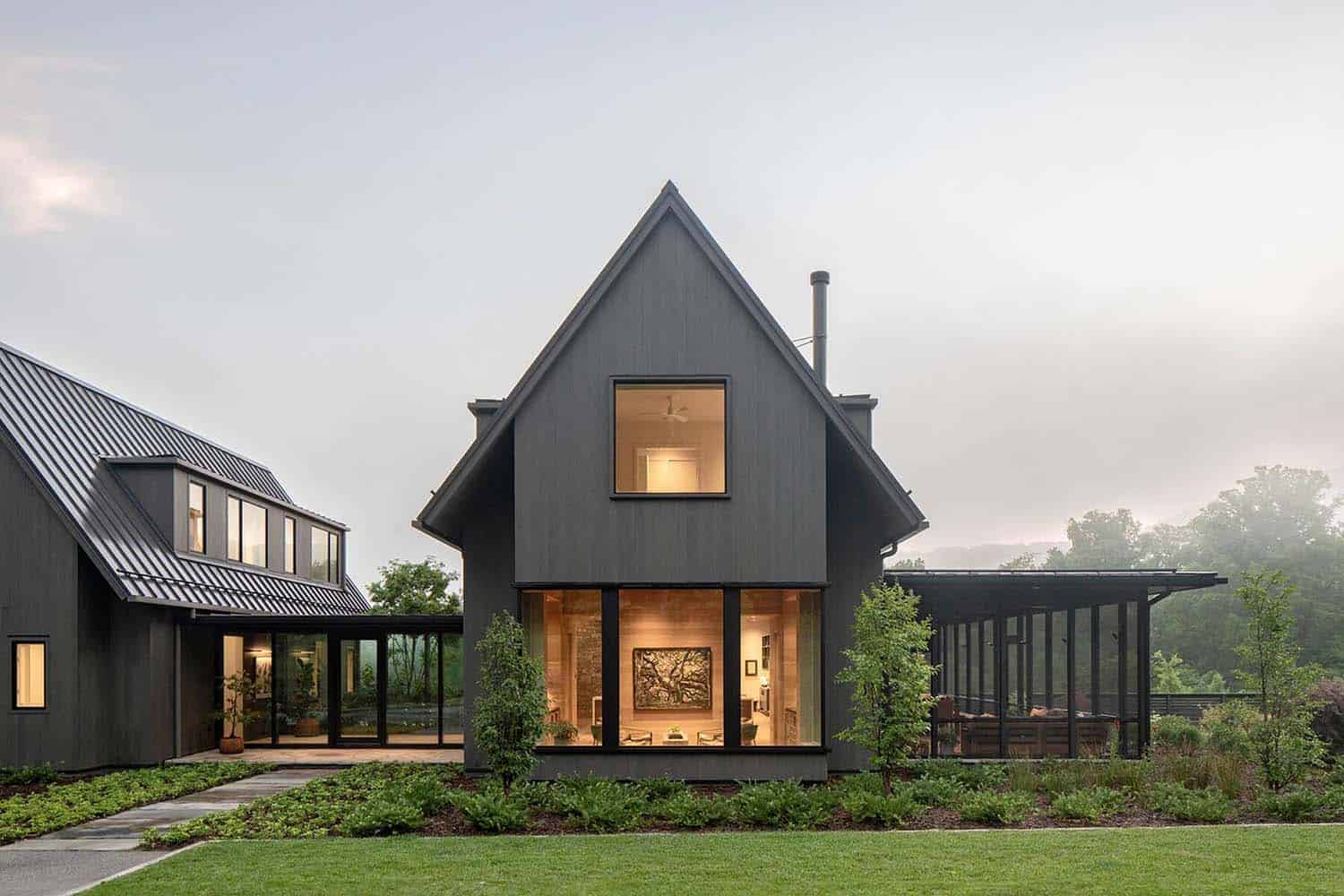
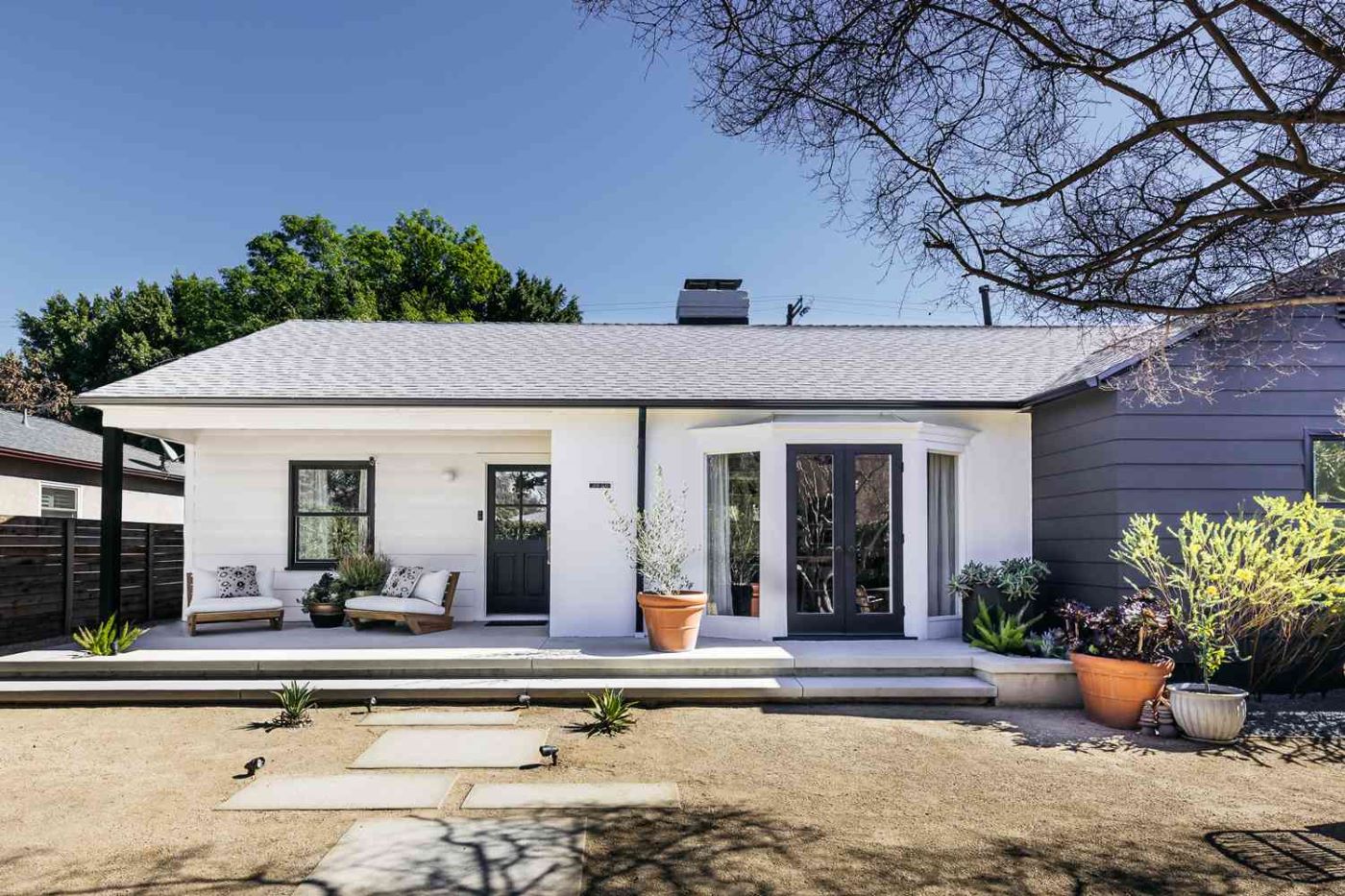
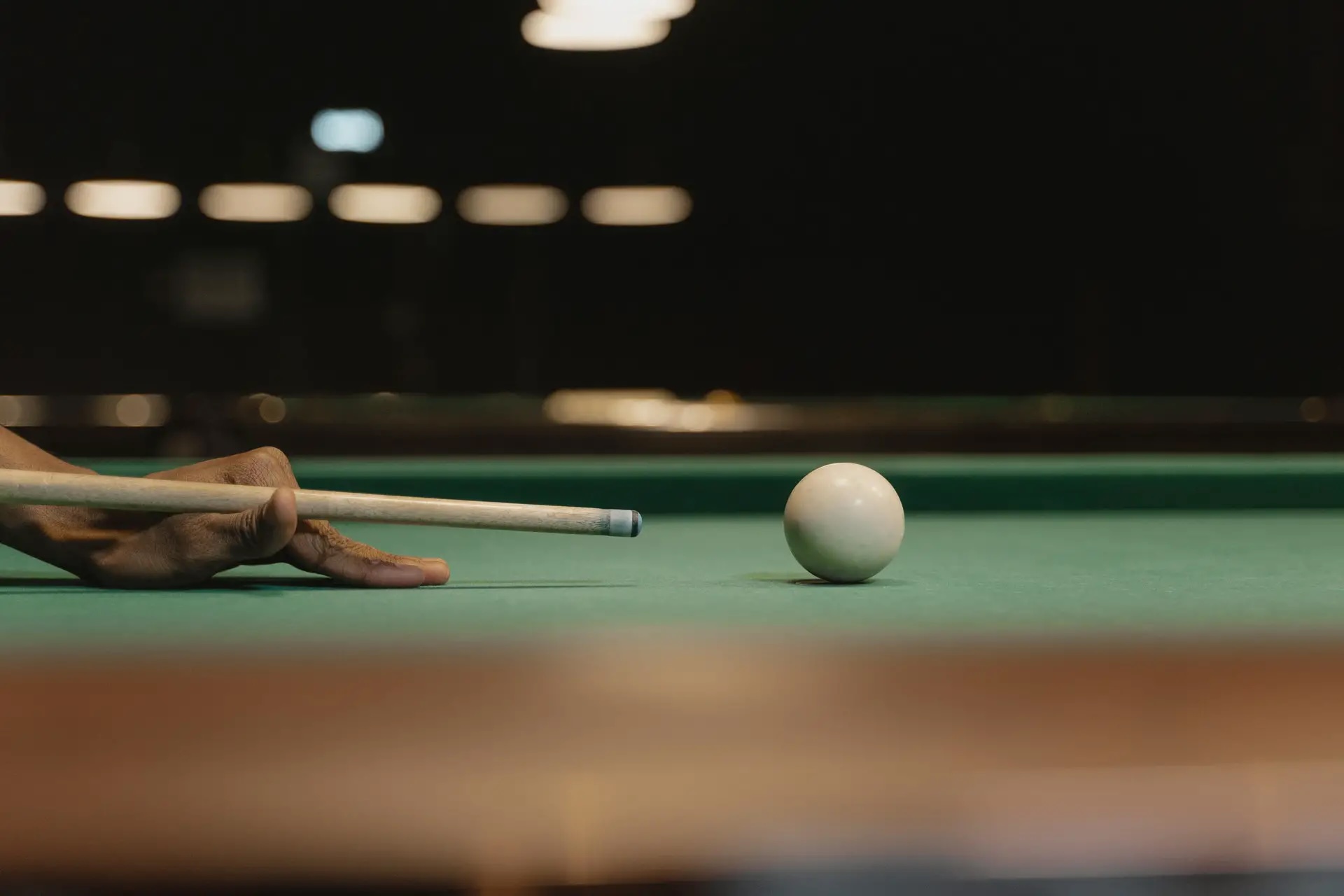
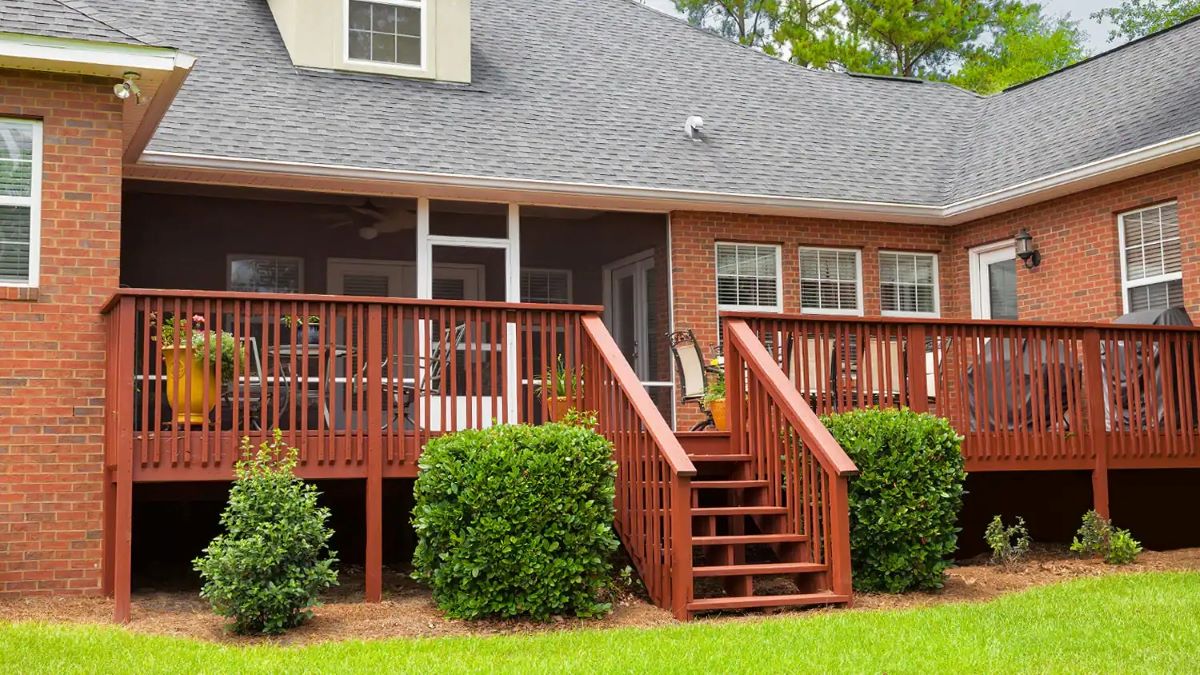
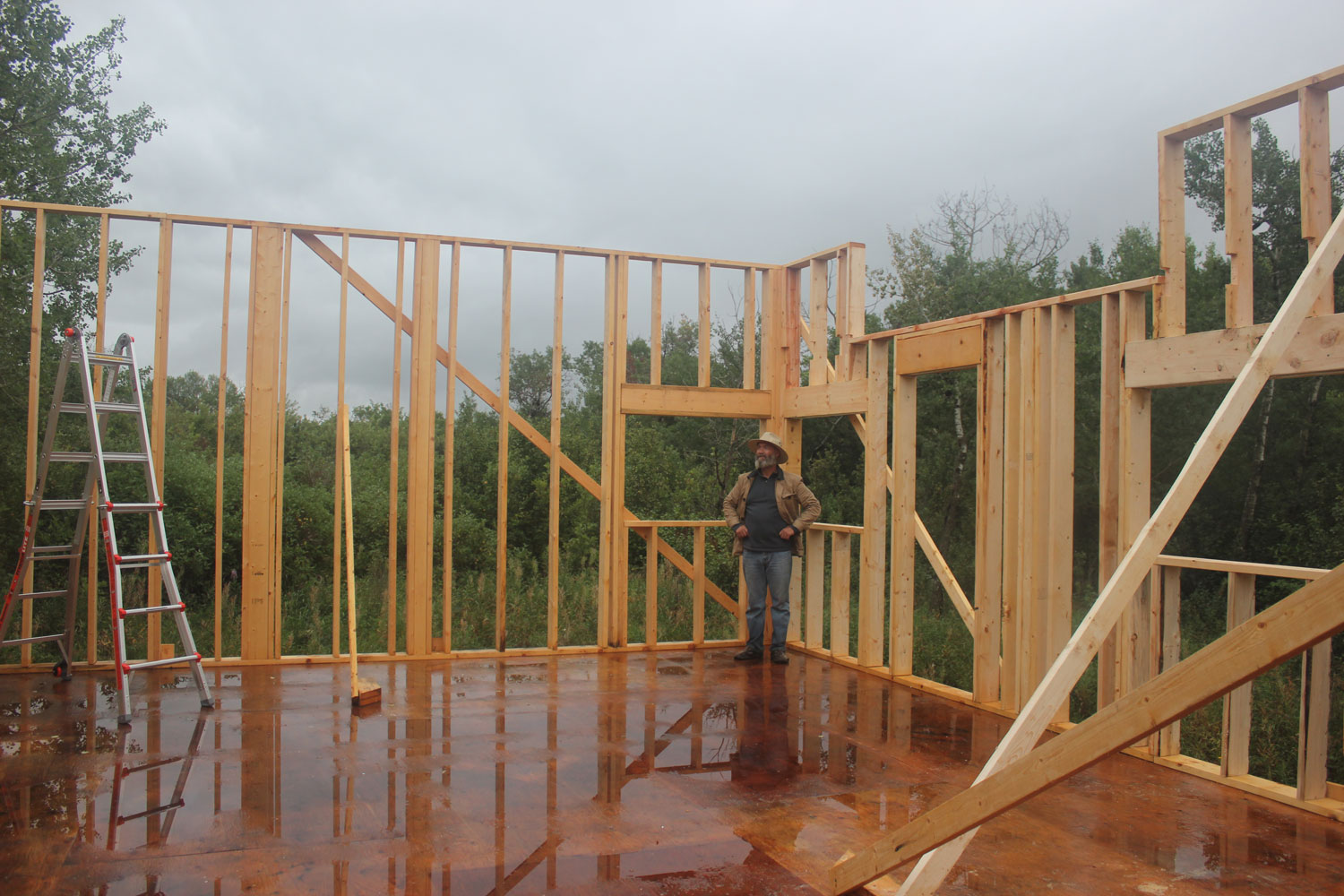
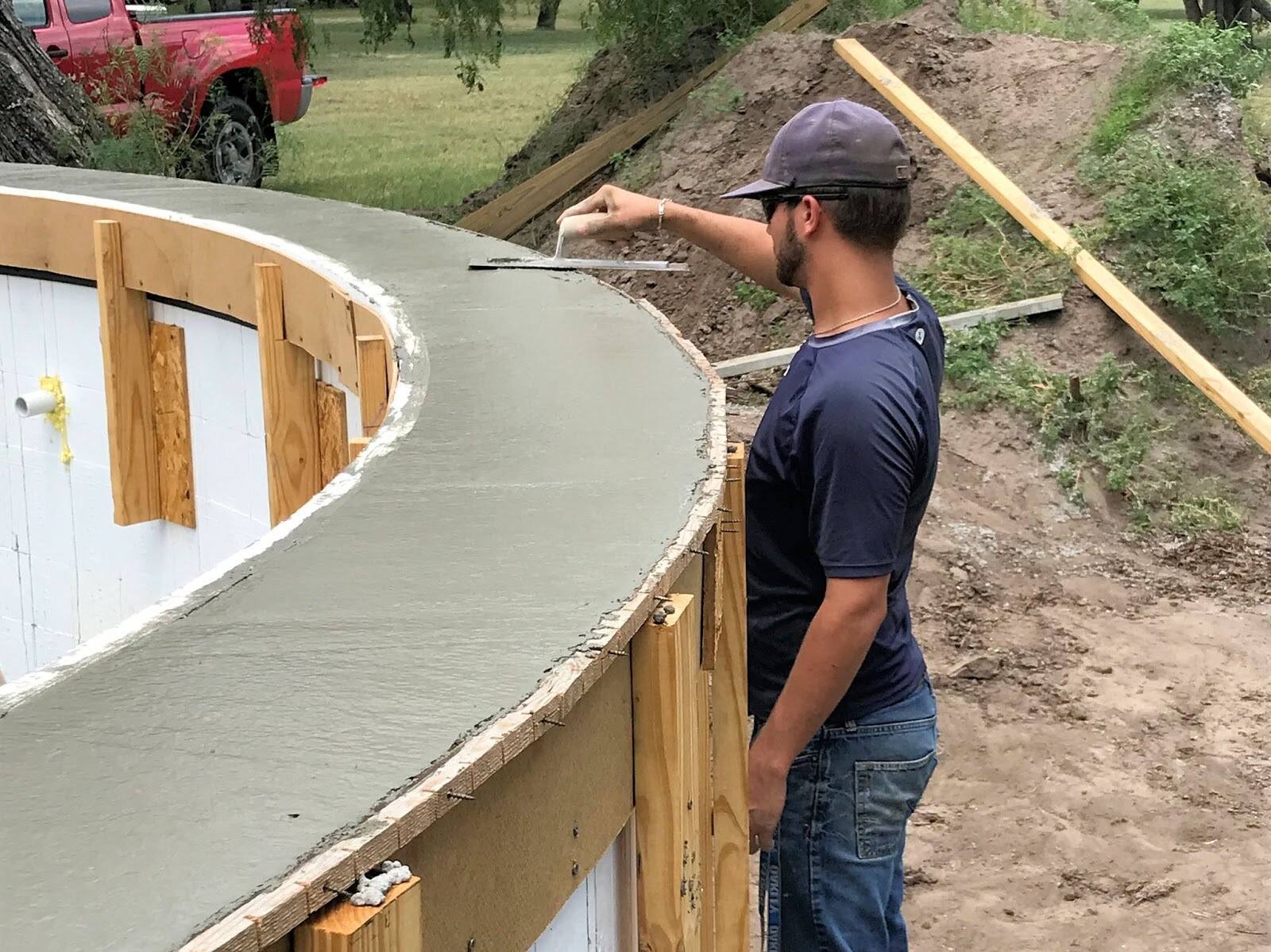
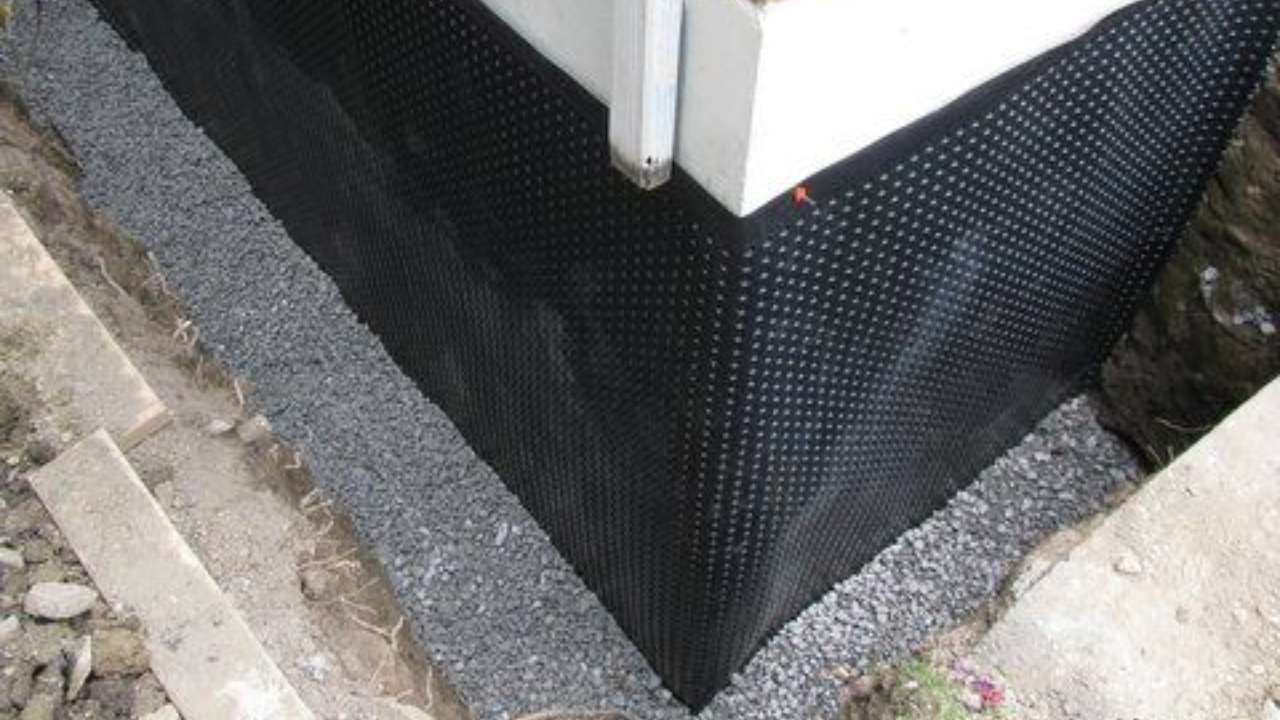
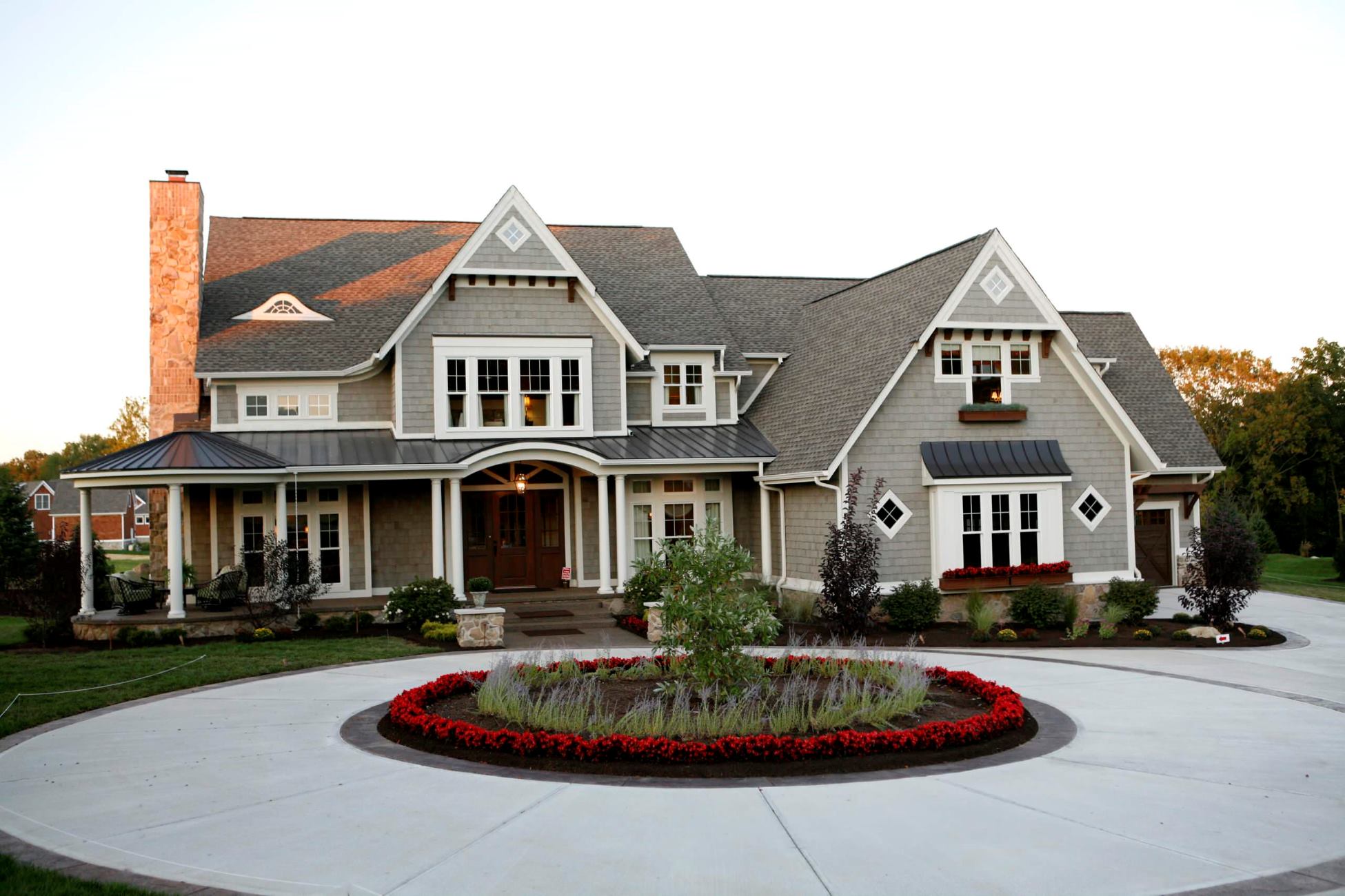

0 thoughts on “Exterior Color Cues”